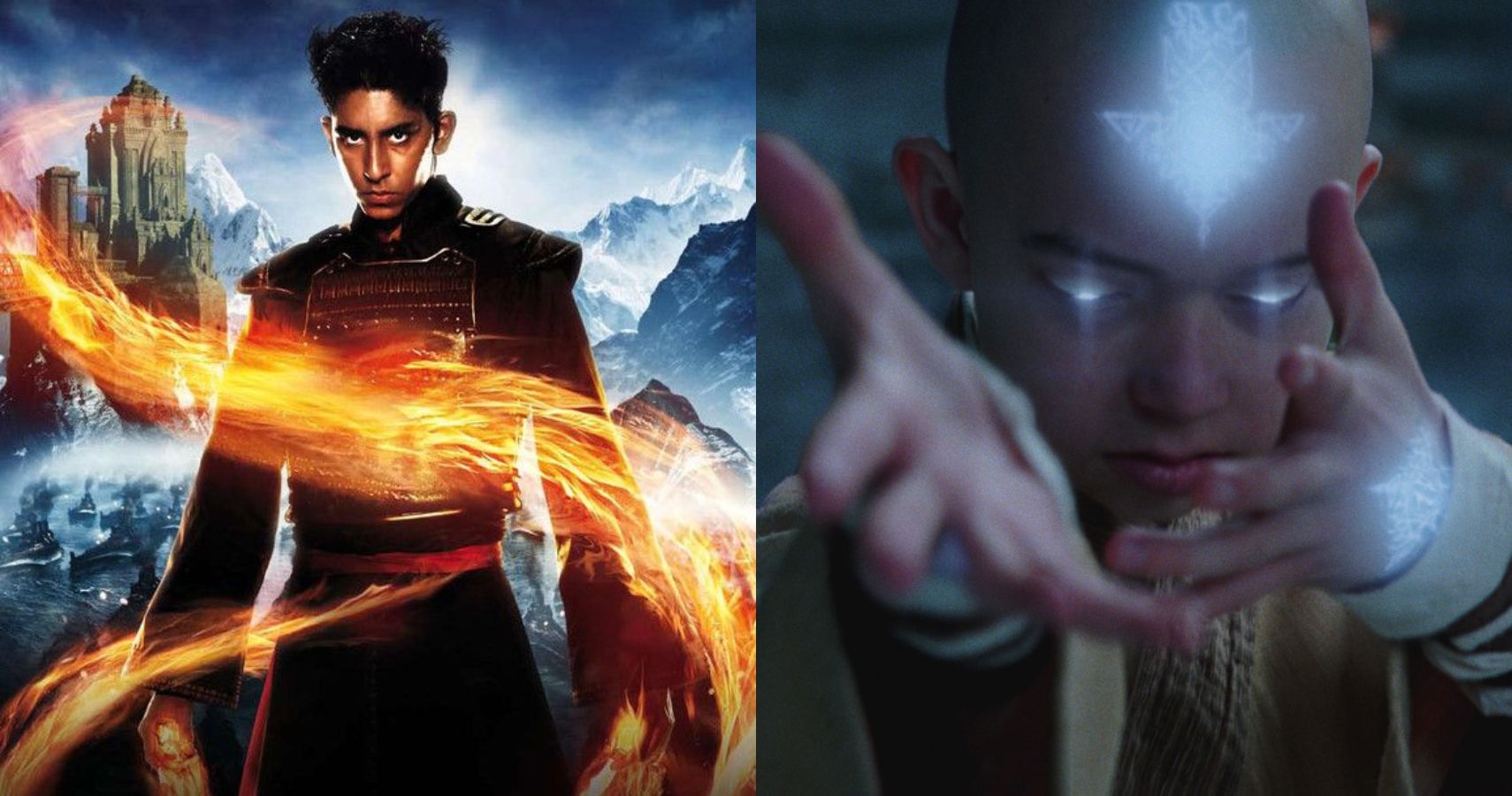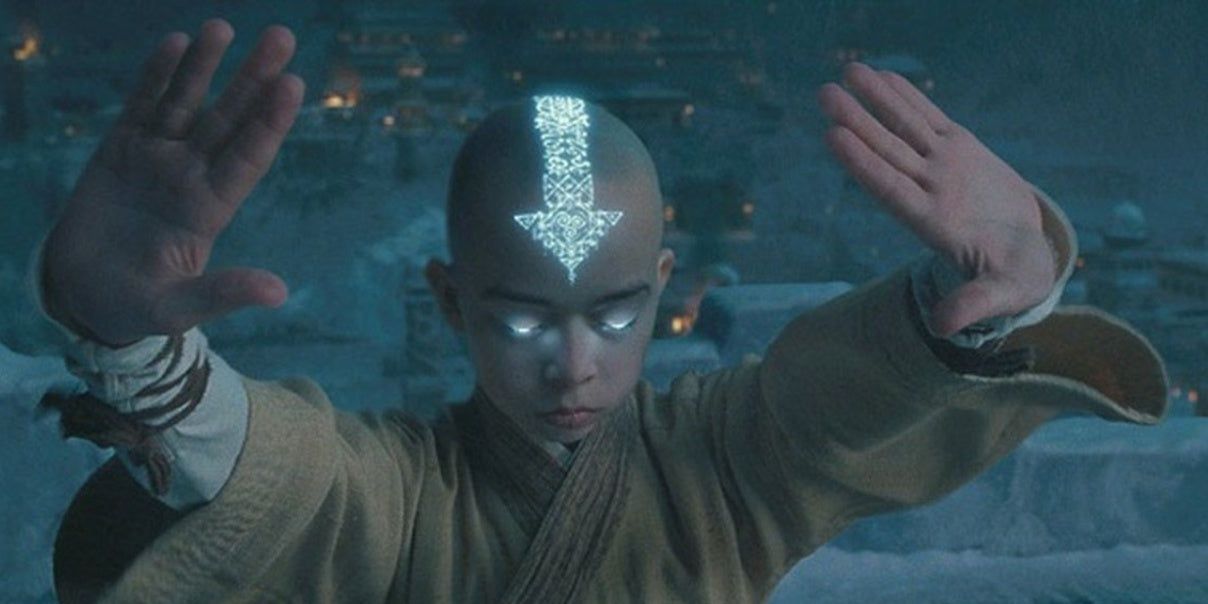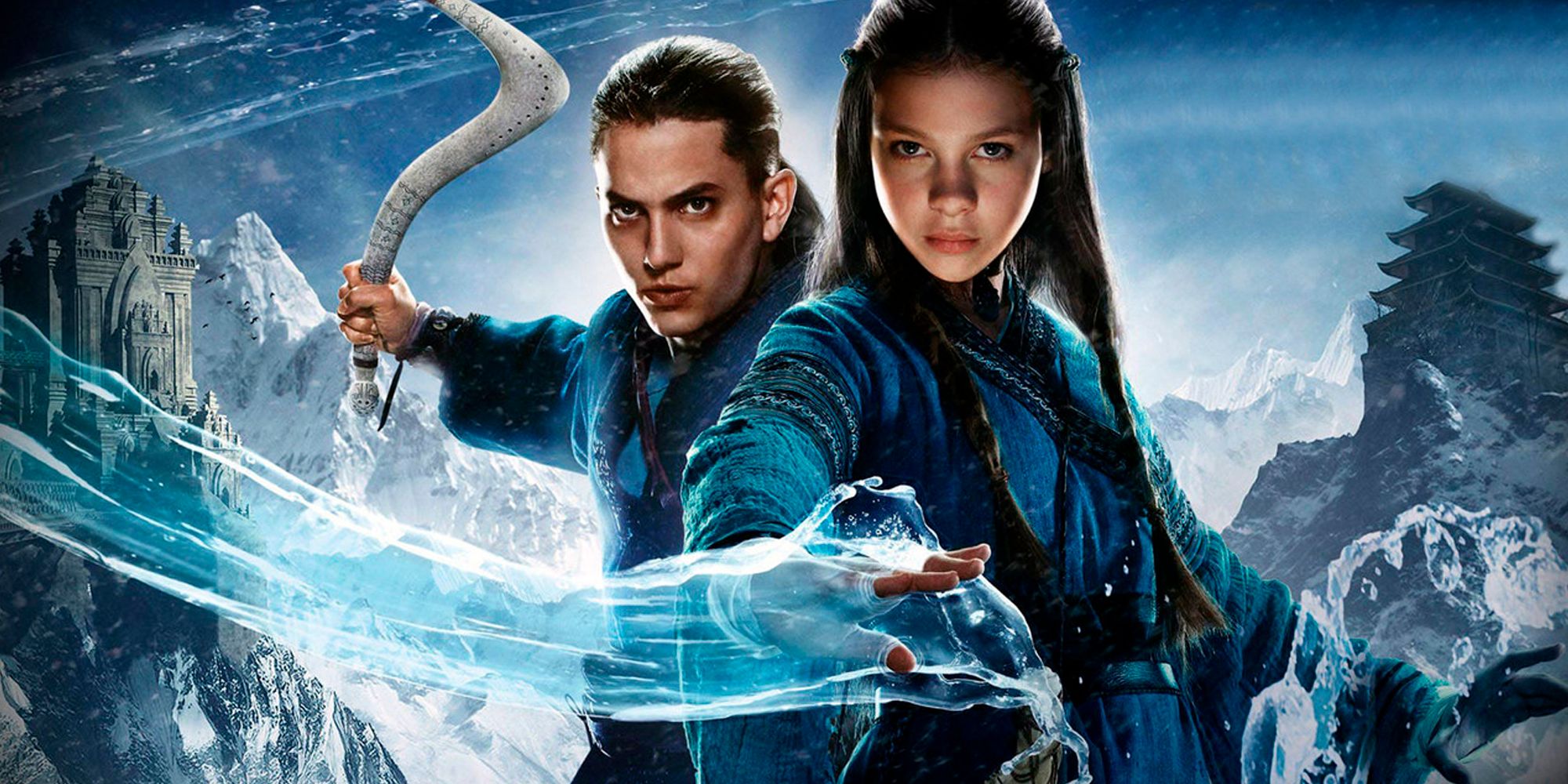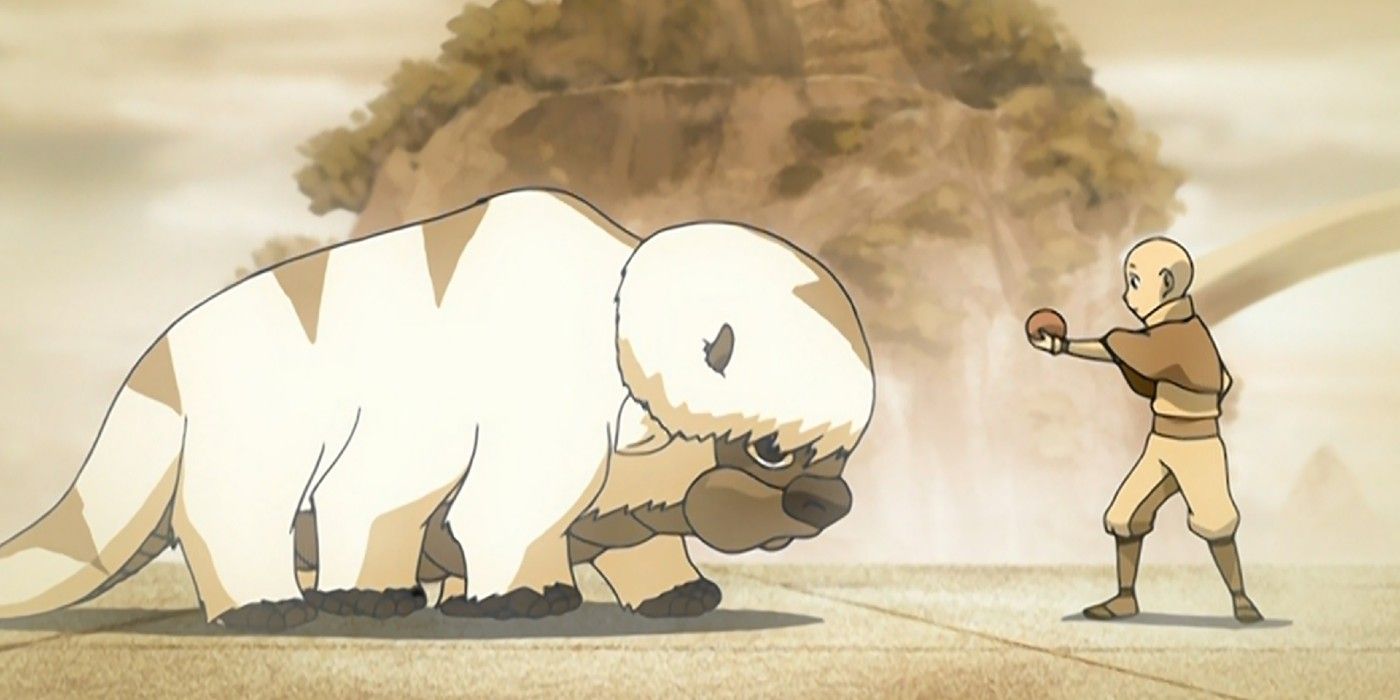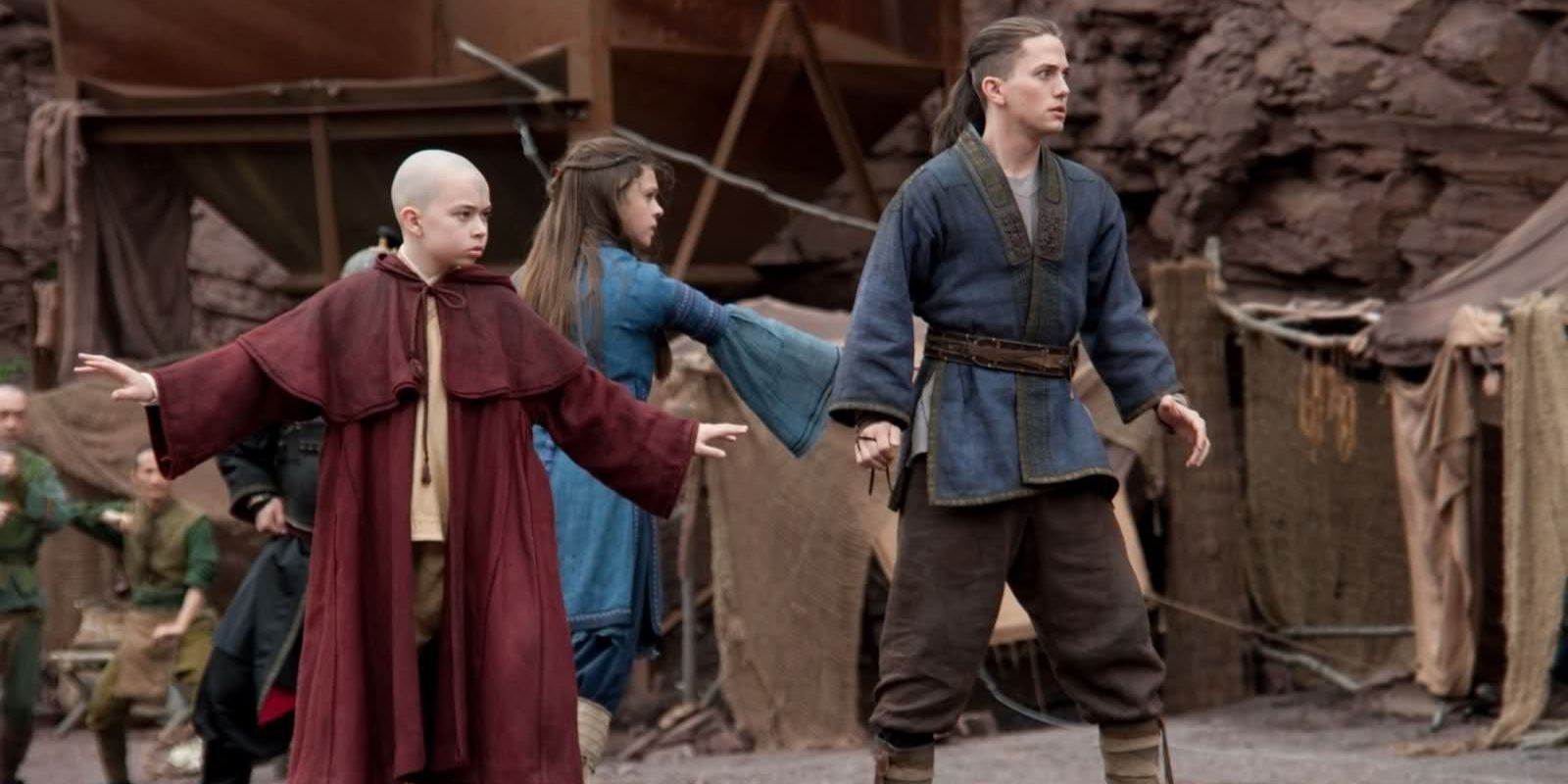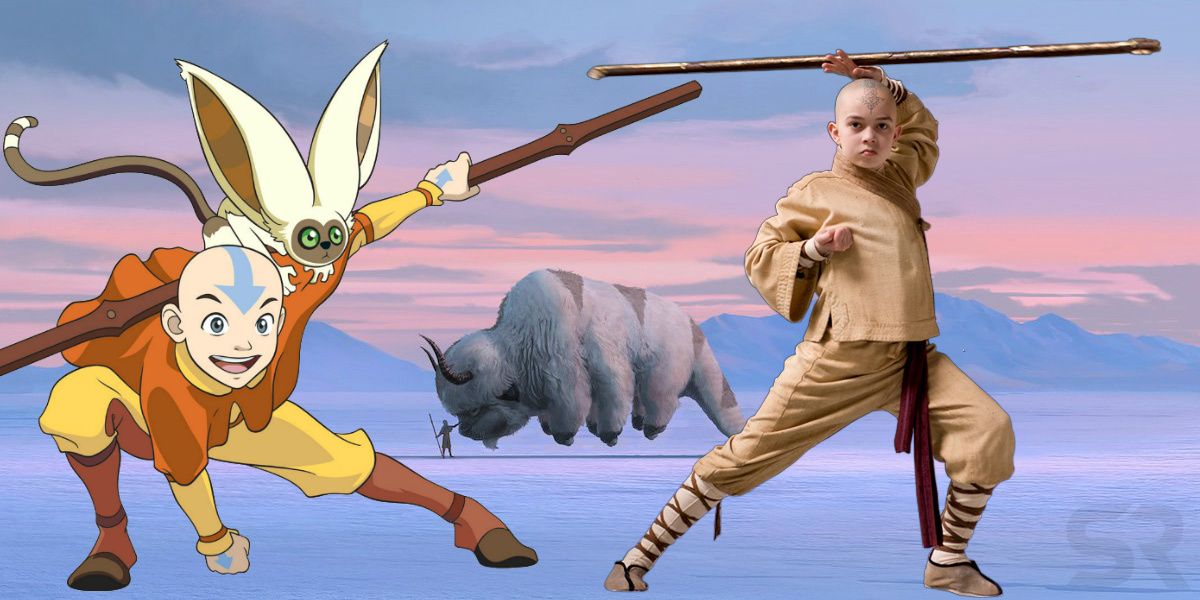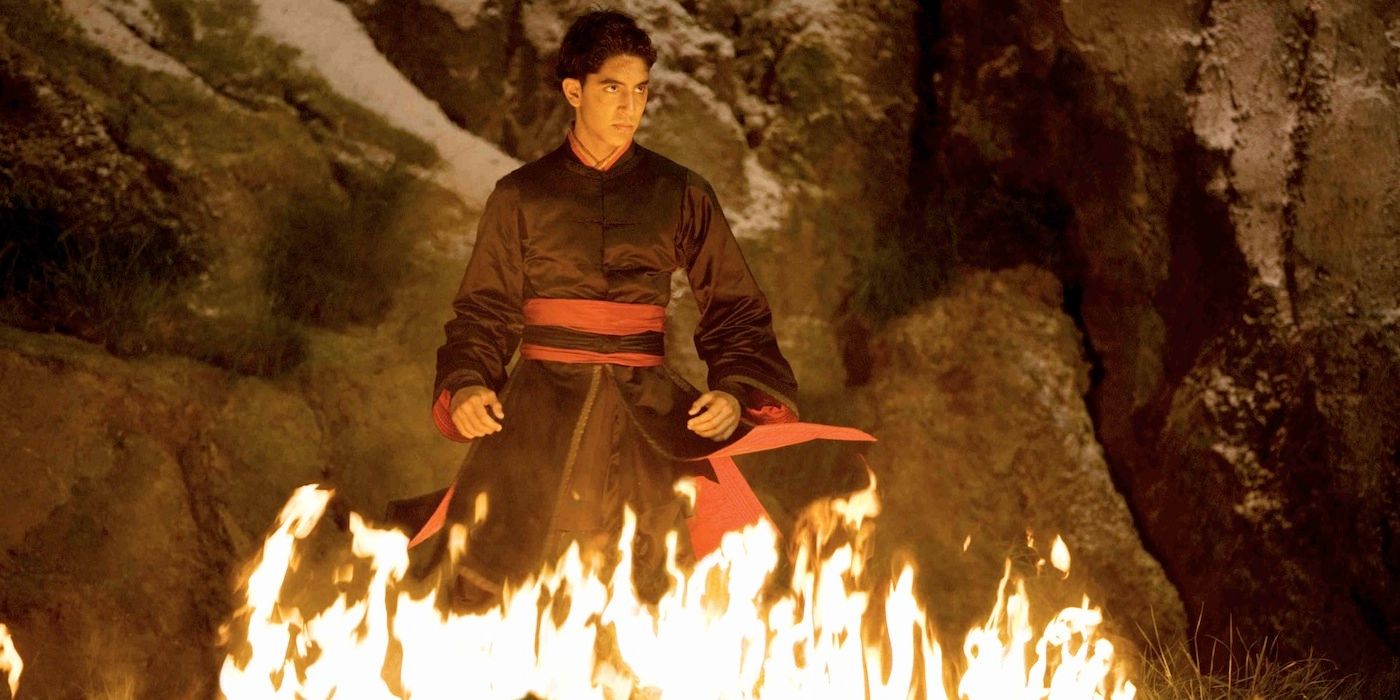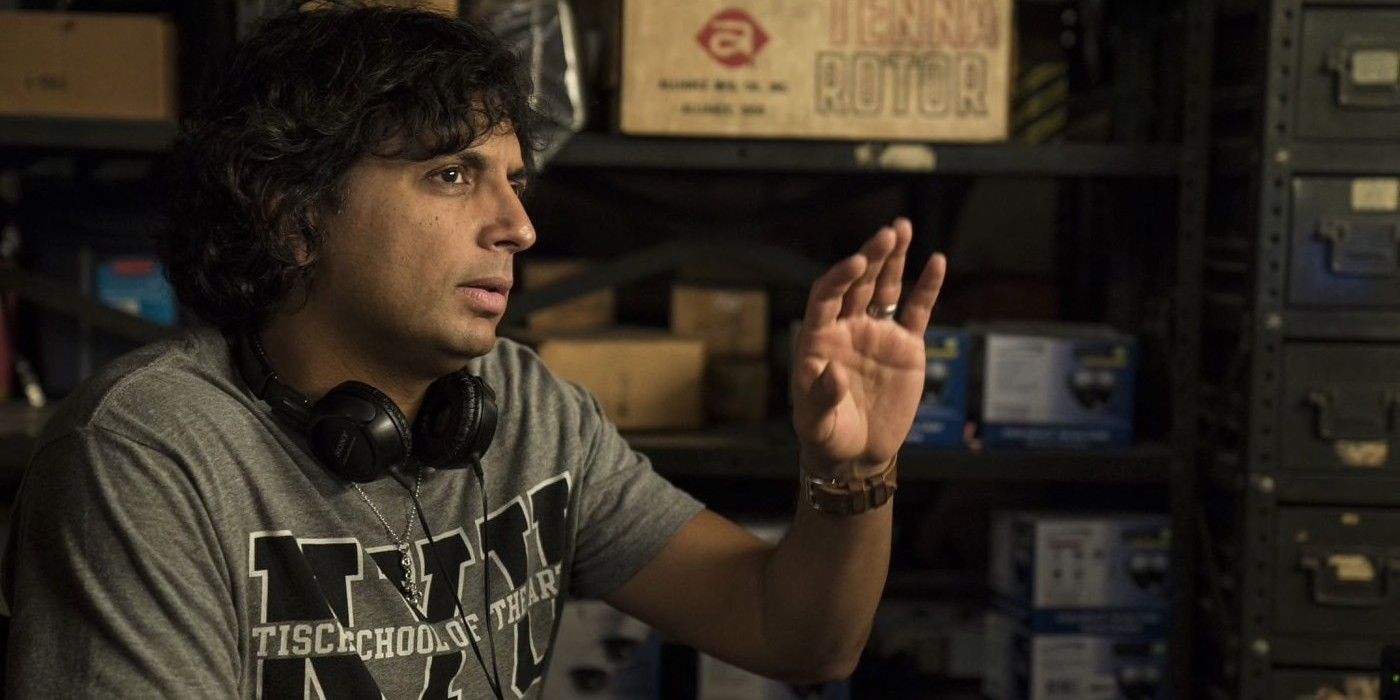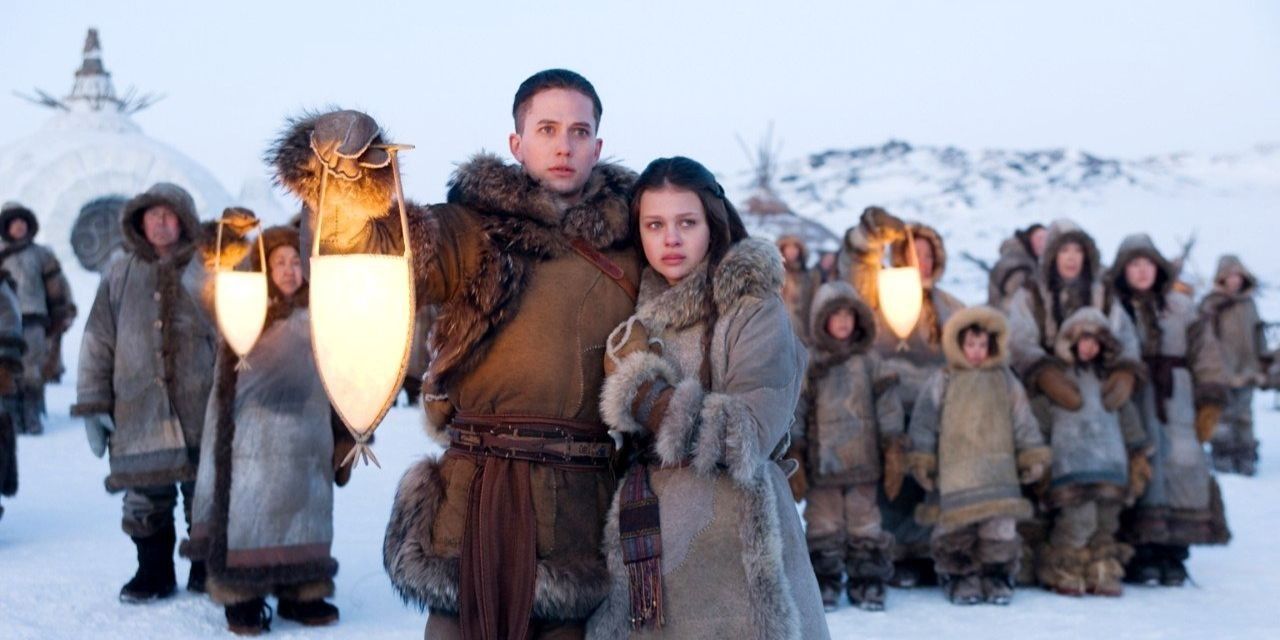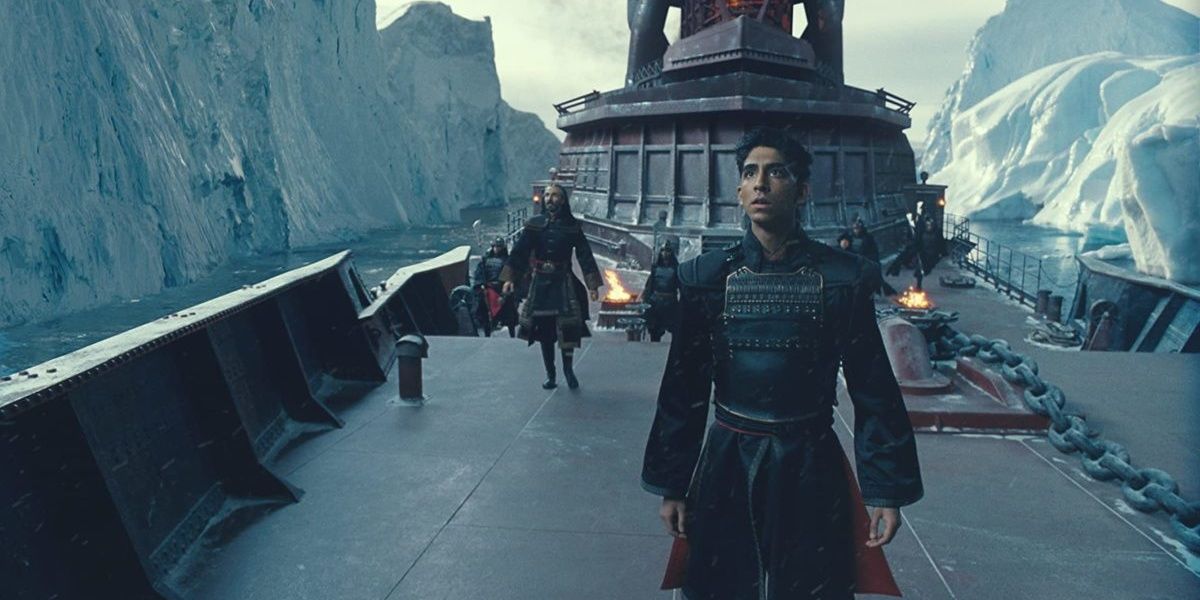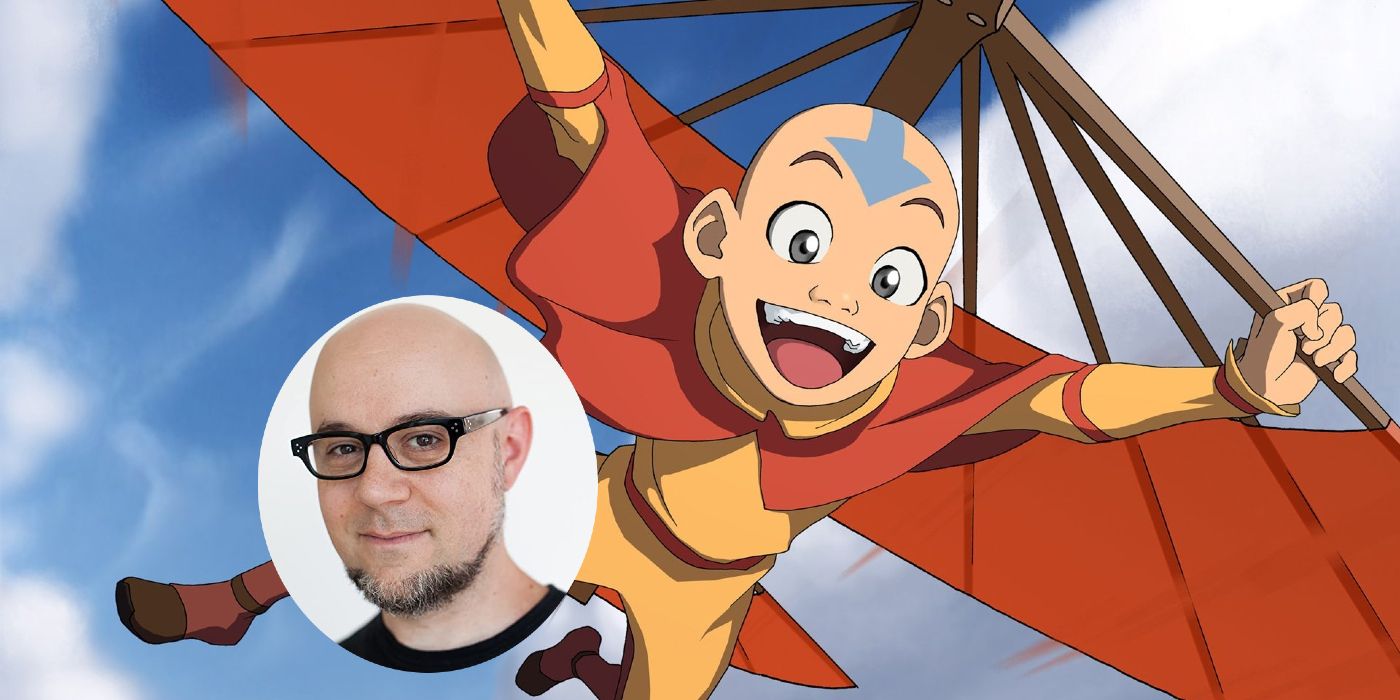One of the worst cinematic offerings by writer-director M Night Shyamalan has been his take on the Nickelodeon animated series Avatar: The Last Airbender. His The Last Airbender was universally panned by critics, and fans of the source material. From whitewashing to shoddy visuals to a rushed storyline, there were many aspects of the film that drew complaints. Even though Shyamalan bounced back into form a few years later, The Last Airbender continues to be a stain in his legacy. Even though he had planned a trilogy, Paramount ditched those plans quickly after the first film.
Netflix is currently developing a live-action series on Avatar: The Last Airbender that can maybe work on the shortcomings of the 2010 film.
Don't Whitewash Characters
Even though Avatar was a series created by American writers and had a predominantly American voice cast, the series still made it evident that some of its leads are of Asian origin (as in the case of other animated series like Samurai Jack). Shyamalan's film, on the other hand, resorted to 'whitewashing' all Asian characters.
As for the antagonistic characters of the Fire Nation, the film somehow utilized only brown actors like Dev Patel, Aasif Mandvi (both of Indian origin), and Cliff Curtis (of New Zealander origin). Several Asian Americans felt offended with this representation as the diaspora has already been shown in a caricaturish or villainous way in several other Hollywood productions.
Avoid Rushed 3D Conversions
After James Cameron's Avatar graced theatres in 2009, many big-budget Hollywood flicks wanted to cash in on a 3D wave. However, what set Cameron's film apart was that it was made entirely from a 3D perspective and hence, its effects are more nuanced and natural.
Before The Last Airbender released in July 2010, Paramount decided to convert it into a 3D picture just three months before the release. Despite dazzling set pieces and element-bending effects, the visuals seemed a tad bit too flashy and flamboyant and the 3D didn't really stand out. The Netflix series would obviously not bear the pressure to convert the series into 3D.
Don't Cram Episodes
Based on the first season of the animated series, the film attempted to cram a 20-episode arc in less than two hours. The narrative appeared to be confusing and could hardly give characters any breathing space. Even the dialogues were attempts to narrate the show's backstory and mythology as quickly as possible, without adequate scenes to set the tone and atmosphere of the world of The Last Airbender.
It is unclear where the planned series's storyline would go, but it would definitely find more duration to explore its characters and settings in a better manner.
Avoid Monotonous Acting
The casting was a major issue with the film adaptation. Good character actors like Aasif Mandvi felt miscast while the lead actors playing Aang, Sokka, and Korra mostly seemed to be monotonous or expressionless.
Apart from the dramatic character arcs, Aang had a certain playfulness in his nature and mannerisms. This naivety couldn't be captured by Noah Ringer who ended up being a tad bit too serious for his performance. Jackson Rathbone on the other hand ended up being unintentionally goofy for the character of Sokka. In a majority of the reviews, Dev Patel seemed like the only actor who was praised the most.
Element-Bending And Fight Scenes
While the scenes that involve bending elements like fire, water, and earth are fine, the animated series's depiction of such scenes was way more unconventional. The film's scenes might end up looking pretty generic by today's standards. Further, the fight scenes involving such 'bending' are less energetic and effortless.
The fight scenes lack mobility. One of the funniest examples in this context is the scene that features five earth benders performing what seems like a ritual dance. The viewers would expect some heavy earth bending but all they manage to raise is a piece of rock. Scenes like these were trolled by fans of the series.
Zuko's Character Could Have Been Multi-Dimensional
Zuko is way more complex than his film version. Instead of being a grumpy villain with cheesy lines, Zuko has certain dimensions in his personality and origin that can even make viewers root for him. Like Killmonger (from Black Panther), he's a character who is willing to win back honor in his community. After being rejected by his father, he strives to prove his devotion to the Fire Nation.
In fact, as the later seasons revealed, Zuko has a morally just side to his persona too that eventually makes him befriend Aang. It would be a good move for the new series to explore Zuko's troubled journey more.
Don't Do Shyamalan's Style Of Directing
M. Night Shyamalan felt that he has stuck to his unique style of storytelling in all of his films, regardless of budget or scale. While his character building and plot twists work well with offbeat concepts of horror and sci-fi, he probably needed a more majestic and less joyless approach for The Last Airbender, his most expensive project at that time.
The directors for the new series should perhaps be more experienced or willing to play around with big-budget tropes as it has a lot of expectations riding high with it. It might be a stretch to compare Avatar with fantasy franchises like The Lord Of The Rings, but even with three seasons, the show boasted of some diverse mythology and landscapes.
Katara's Narration
The water bender Katara does narrate the iconic intro of the series, but Shyamalan's film tends to over-exploit the narration to cover most of the loopholes in the plot. As mentioned before, the film doesn't take much time to explore the atmosphere and expects viewers to get most of the background information via dialogues and Korra's narration.
The voice-over tends to get forced and unnecessary at parts and reduces the impact of her character's action sequences.
Avoid Unintentionally Hilarious Dialogues
While the film ignores the blending of humor and drama and ends up being too gloomy, some dialogues of the screenplay are unintentionally funny and extremely corny.
For instance, Zuko promises Uncle Iroh that he will catch Aang, after saying, 'We will catch him soon, Uncle, then we can think about the pretty girls.' This hardly suits Zuko's serious and ambitious characteristics that viewers are used to in the Nickelodeon show. Another scene finds Katara using her water abilities on Sokka, making Sokka say that he's wet from head to toe (even though he's not). There are several bizarre scenes throughout the film.
Appeasing The Creators
Showrunners Bryan Konietzko and Michael Dante DiMartino have been vocal about their criticisms of the film that did not make use of their creative inputs. Franchises can often turn into a wasted opportunity if they totally ignore the outlook of the original creators, as can be seen from the Percy Jackson film franchise.
As is the case with Percy Jackson's reboot series (that finds creator and writer Rick Riordan having creative control), fans rejoiced when Konietzko and DiMartino announced that they would have a major say in the directions that the Netflix series takes. Unfortunately, a creative fall-out has now prompted the creators to stay away from the series. Fans can only cross fingers, hoping for the Netflix adaptation to be more faithful and authentic.

